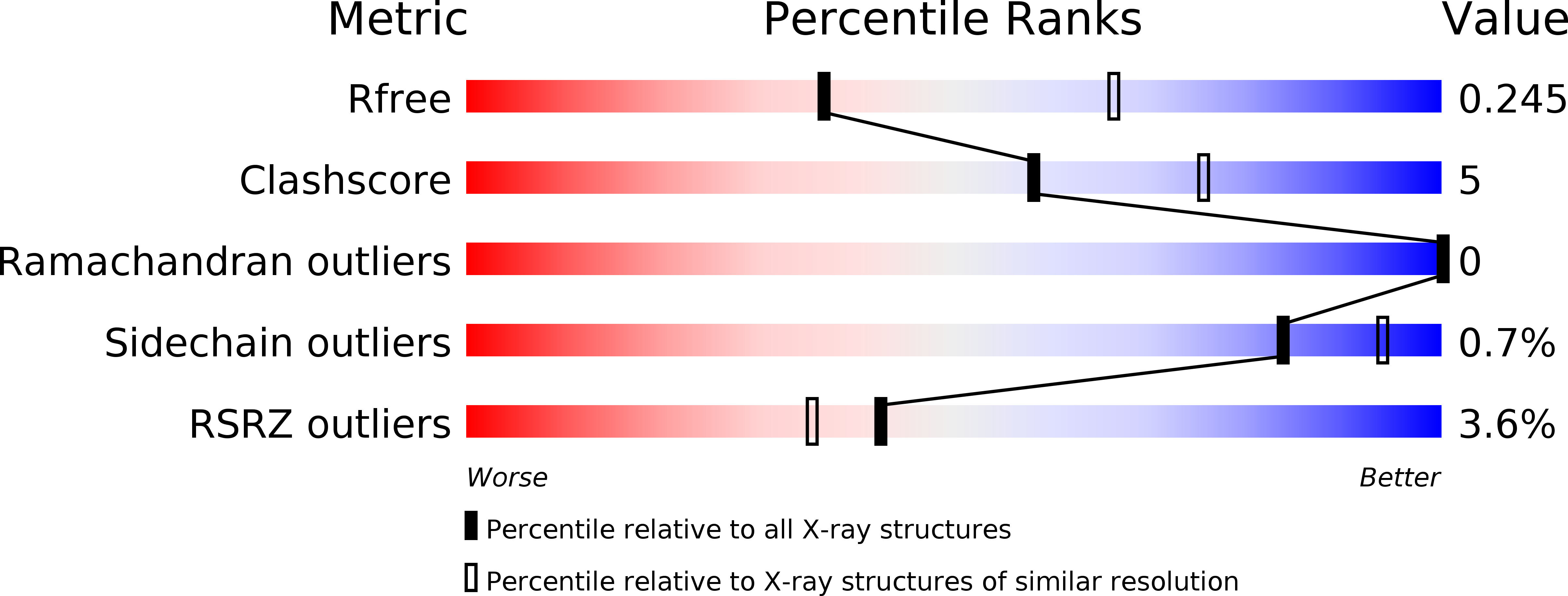
Deposition Date
2014-03-04
Release Date
2014-05-21
Last Version Date
2024-10-09
Entry Detail
PDB ID:
4P2O
Keywords:
Title:
Crystal structure of the 2B4 TCR in complex with 2A/I-Ek
Biological Source:
Source Organism:
Mus musculus (Taxon ID: 10090)
synthetic construct (Taxon ID: 32630)
synthetic construct (Taxon ID: 32630)
Host Organism:
Method Details:
Experimental Method:
Resolution:
2.60 Å
R-Value Free:
0.24
R-Value Work:
0.18
R-Value Observed:
0.19
Space Group:
C 1 2 1


